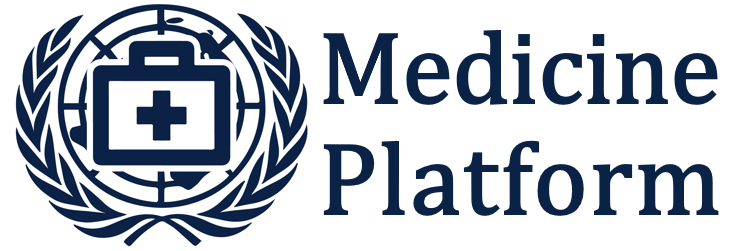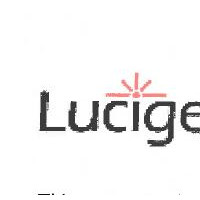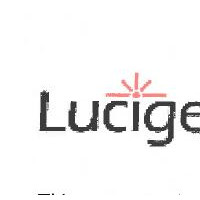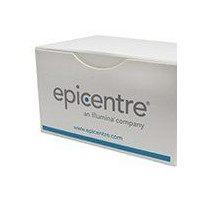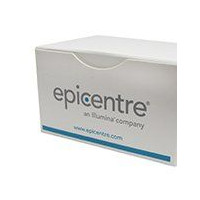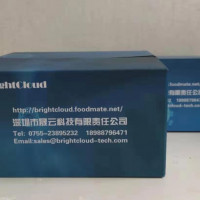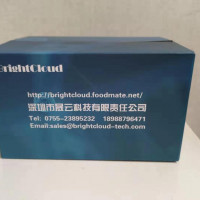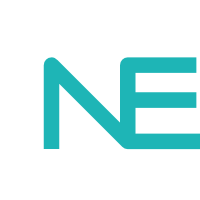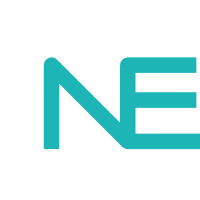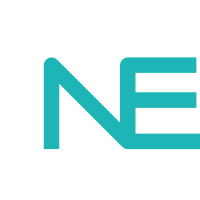NGS二代测序样品制备试剂盒
2012年下架,生产线调整,推出新产品,隶属Illumina公司

| GA09115 | Nextera™ DNA Sample Prep Kit (Illumina-compatible) | 5 Rxns |
| GA091120 | Nextera™ DNA Sample Prep Kit (Illumina-compatible) | 20 Rxns |
| GA0911-50 | Nextera™ DNA Sample Prep Kit (Illumina-compatible) | 50 Rxns |
| GA0911-96 | Nextera™ DNA Sample Prep Kit (Illumina-compatible) | 96 Rxns |
| GABC0950 | Nextera™ Bar Codes (Illumina-compatible) | 12 Bar Codes |
| NT09115 | Nextera™ DNA Sample Prep Kit (Roche Titanium-compatible) | 5 Rxns |
| NT091120 | Nextera™ DNA Sample Prep Kit (Roche Titanium-compatible) | 20 Rxns |
| NT0911-50 | Nextera™ DNA Sample Prep Kit (Roche Titanium-compatible) | 50 Rxns |
| NT0911-96 | Nextera™ DNA Sample Prep Kit (Roche Titanium-compatible) | 96 Rxns |
| NTBC0950 | Nextera™ Bar Codes (Roche Titanium-compatible) | 12 Bar Codes |
| FL09115 | Nextera™ DNA Sample Prep Kit (Roche FLX-compatible) | 5 Rxns |
| FL091120 | Nextera™ DNA Sample Prep Kit (Roche FLX-compatible) | 20 Rxns |
| FLBC0950 | Nextera™ DNA Sample Prep Kit (Roche FLX-compatible) | 50 Rxns |
| FLBC0950 | Nextera™ Bar Codes (Roche FLX-compatible) | 12 Bar Codes |
| EM091120 | Nextera™ PCR Enzyme | 20 ul |
| EM091150 | Nextera™ PCR Enzyme | 50 ul |
| EM0911-96 | Nextera™ PCR Enzyme | 96 ul |
| Nextera™ Technology for Next-Generation Sequencing Library Preparation EPICENTRE's revolutionary Nextera™ technology* uses in vitro transposition to prepare sequencer-ready libraries from genomic DNA for multiple sequencing platforms. The technology simultaneously fragments and tags DNA, in a single-tube reaction.
| ||||||||||||||||||||||||||||||||
Nextera™ Technology Overview
Nextera technology employs in vitro transposition to prepare sequencer-ready libraries. In a modification of the classic transposition reaction, we used free transposon ends and a transposase to form a Transposome™ complex. When this complex is incubated with target double-stranded DNA (dsDNA), the target is fragmented and the transferred strand of the transposon end oligonucleotide is covalently attached to the 5´ end of the target fragment (Fig. 1).
 | Figure 1. Simultaneous DNA fragmentation and tagging by in vitro cut-and-paste transposition. When free transposon ends are used in the insertion reaction, the target DNA is cleaved and tagged at the 5´ end with the transposon sequence. The resulting fragments have single-stranded gaps. |
Nextera technology can be used to generate di-tagged libraries, with optional barcoding, compatible with Roche/454 or Illumina/Solexa® platforms. To generate platform-specific libraries, either free transposon ends (Fig. 2A) or appended transposon ends (Fig. 2B) can be used. Platform-specific tags (and optional bar coding) are introduced by 10 cycles of PCR. The sequencing adaptors enable amplification by emulsion PCR (emPCR), bridge PCR (bPCR), and other methods. The amplified library can be subsequently sequenced using the appropriate primers.
| A. Roche/454-Compatible | Figure 2. Generation of platform-specific sequencing libraries. A) Target DNA is fragmented and tagged with the Nextera™ Enzyme Mix. Limited-cycle PCR with a four-primer reaction adds Roche/454-compatible adaptors sequences (blue and orange). Optional bar coding (triangle) is added between the upstream emPCR adaptor (blue) and the transposon end (gray). B) Target DNA is fragmented and tagged with the Nextera Enzyme Mix containing ends appended with sequencing primer sites (blue and orange). Limited-cycle PCR with a four-primer reaction adds bPCR-compatible adaptors (purple and pink) to the core sequencing library. Optional bar coding (triangle) is added between the downstream bPCR adaptor (pink) and the core sequencing library adaptor (orange). Alternative sequencing primers are required for the Illumina/Solexa-compatible libraries: Read 1 (blue/gray arrow); Read 2 (orange/gray arrow); Index Read (gray/orange arrow). |
| B. Illumina/Solexa-Compatible | |
